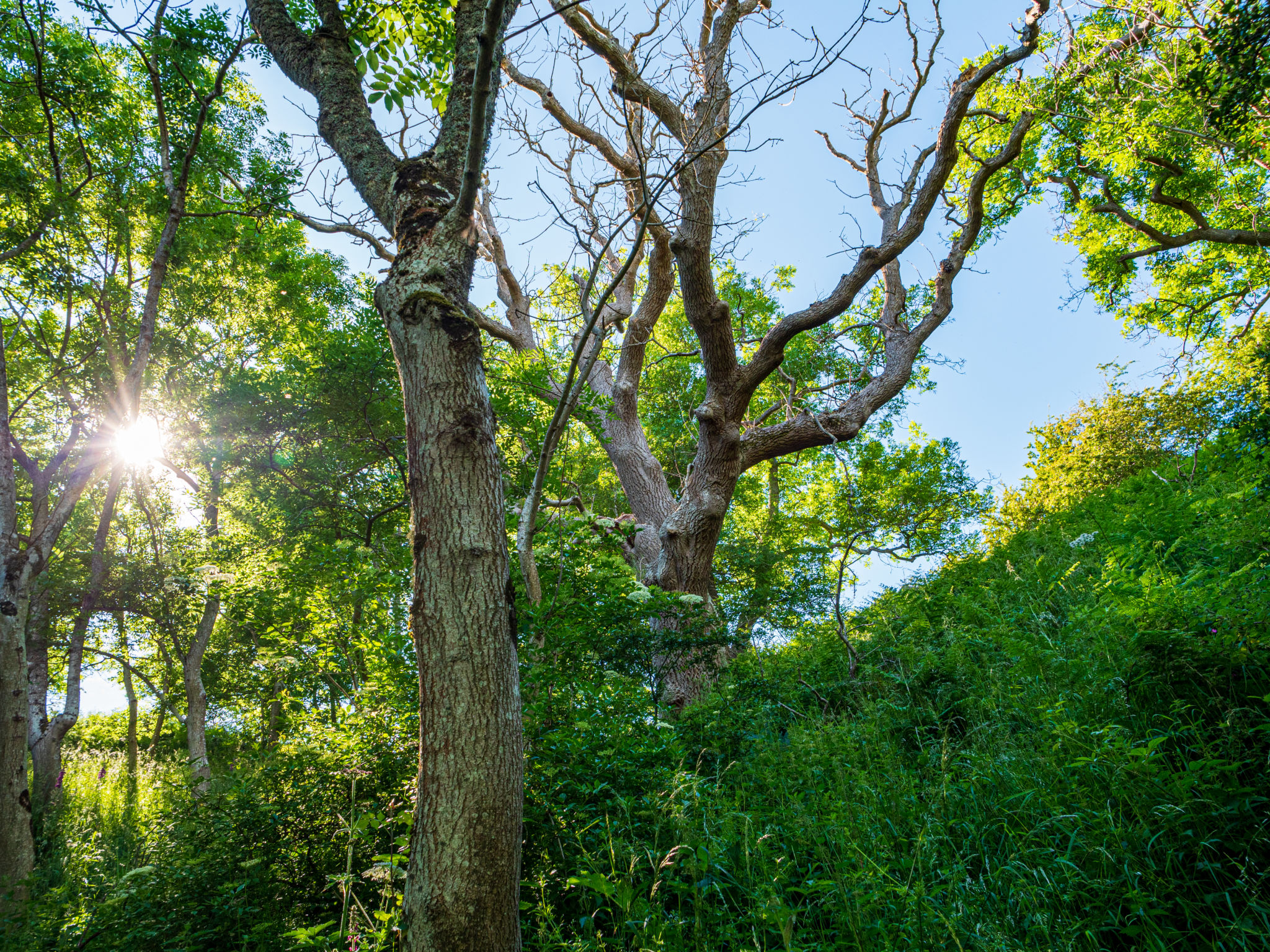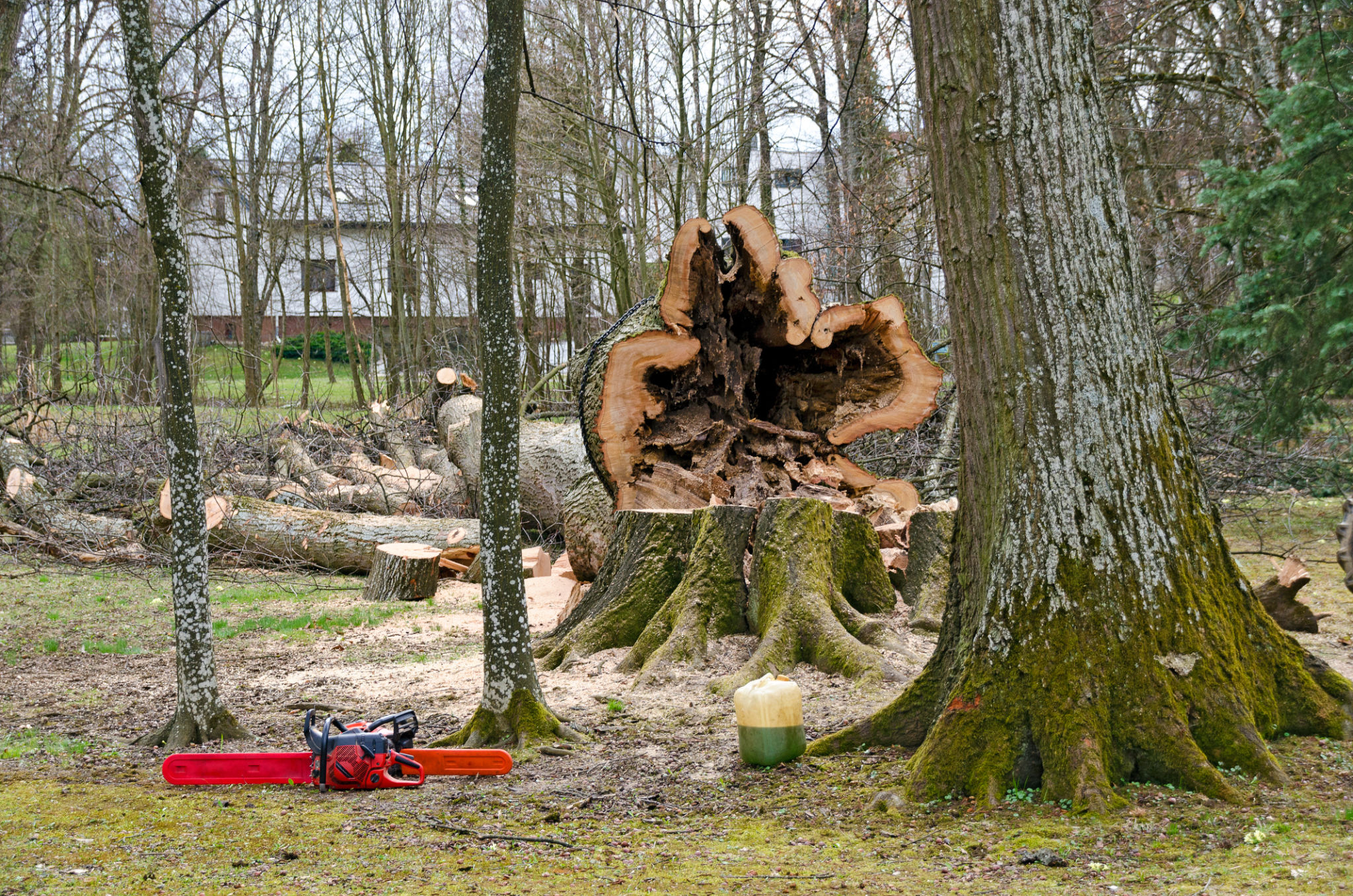Top Tree Diseases in Dunfermline and How to Treat Them
Understanding Tree Diseases in Dunfermline
Trees are an essential part of Dunfermline's natural beauty and ecological balance. However, they are susceptible to various diseases that can adversely affect their health and longevity. Identifying these diseases early is crucial to ensuring that the trees remain vibrant and continue to thrive.
One of the most common tree diseases in Dunfermline is ash dieback. This fungal disease primarily affects ash trees and is characterized by leaf loss and crown dieback. The fungus blocks the water transport system in the tree, causing it to wither and eventually die.

Common Tree Diseases in Dunfermline
Chestnut Blight
Chestnut blight is another significant concern for local trees. This disease is caused by a fungus that enters through wounds in the bark, leading to cankers, wilting leaves, and eventually, the death of the tree. While it primarily affects chestnut trees, it can also impact other tree species.
Oak Decline
Oak decline is a complex issue involving a combination of factors such as drought stress, root diseases, and insect infestations. Symptoms include thinning crowns, dieback, and the presence of fungi at the base of the tree. This multi-factorial disease requires a comprehensive approach to management.

Effective Treatment Strategies
Sustainable Practices
Implementing sustainable forestry practices is crucial for preventing and managing tree diseases. This includes regular monitoring, maintaining biodiversity, and ensuring proper pruning techniques to improve tree health and resilience.
Fungicide Application
For diseases like chestnut blight and ash dieback, fungicides can be an effective treatment option. However, they must be applied judiciously and at the right time to ensure maximum efficacy. It's advisable to consult with a professional arborist for guidance on proper application methods.

Preserving Dunfermline's Tree Heritage
Community involvement plays a vital role in preserving Dunfermline's tree heritage. Residents can contribute by reporting signs of tree disease to local authorities and participating in community planting and maintenance initiatives. By working together, we can help protect these natural treasures for future generations.
In conclusion, understanding and addressing tree diseases in Dunfermline requires a combination of early detection, effective treatment strategies, and community involvement. By taking proactive measures, we can ensure that our trees continue to enhance the beauty and ecological balance of our environment.